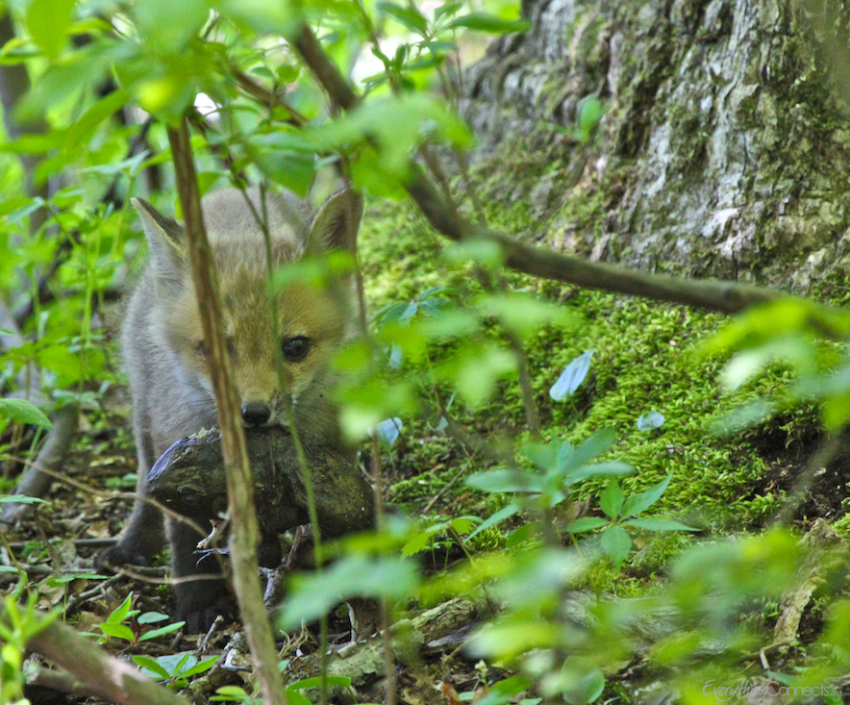




Case study 1: A study published in the journal Science in 2021 found that noise pollution from shipping is causing whales to change their vocal behavior. The study found that whales in noisy environments were more likely to sing louder and for longer periods of time than whales in quiet environments. This suggests that whales are trying to compensate for the noise pollution by making their vocalizations louder and more repetitive.
Case study 2: A study published in the journal Biological Conservation in 2022 found that noise pollution from traffic is causing birds to abandon their nests. The study found that birds in noisy environments were more likely to abandon their nests before the eggs had hatched or before the chicks had fledged. This suggests that noise pollution is disrupting birds' breeding behavior and reducing their reproductive success.
Case study 3: A study published in the journal Proceedings of the National Academy of Sciences in 2023 found that noise pollution from offshore oil and gas drilling is causing fish to lose their hearing. The study found that fish exposed to high levels of noise pollution for extended periods of time had significant damage to their inner ears. This suggests that noise pollution is impairing fish's ability to communicate, navigate, and detect predators.
These case studies illustrate the significant impact that noise pollution can have on wildlife. Noise pollution can disrupt animals' behavior, reduce their reproductive success, and even impair their senses. It is important to be aware of the impact that noise pollution is having on wildlife and to take steps to reduce our noise footprint.
In addition to the above case studies, here is a case study from India:
Case study 4: A study published in the journal ResearchGate in 2023 found that noise pollution from traffic is causing snakes to change their behavior. The study found that snakes exposed to noise pollution were more likely to move erratically and to be more aggressive. This suggests that noise pollution is causing stress in snakes and making them more vulnerable to predation.
This case study highlights the impact of noise pollution on even less-studied wildlife groups, such as snakes. It is important to consider the needs of all wildlife when developing noise pollution mitigation strategies.